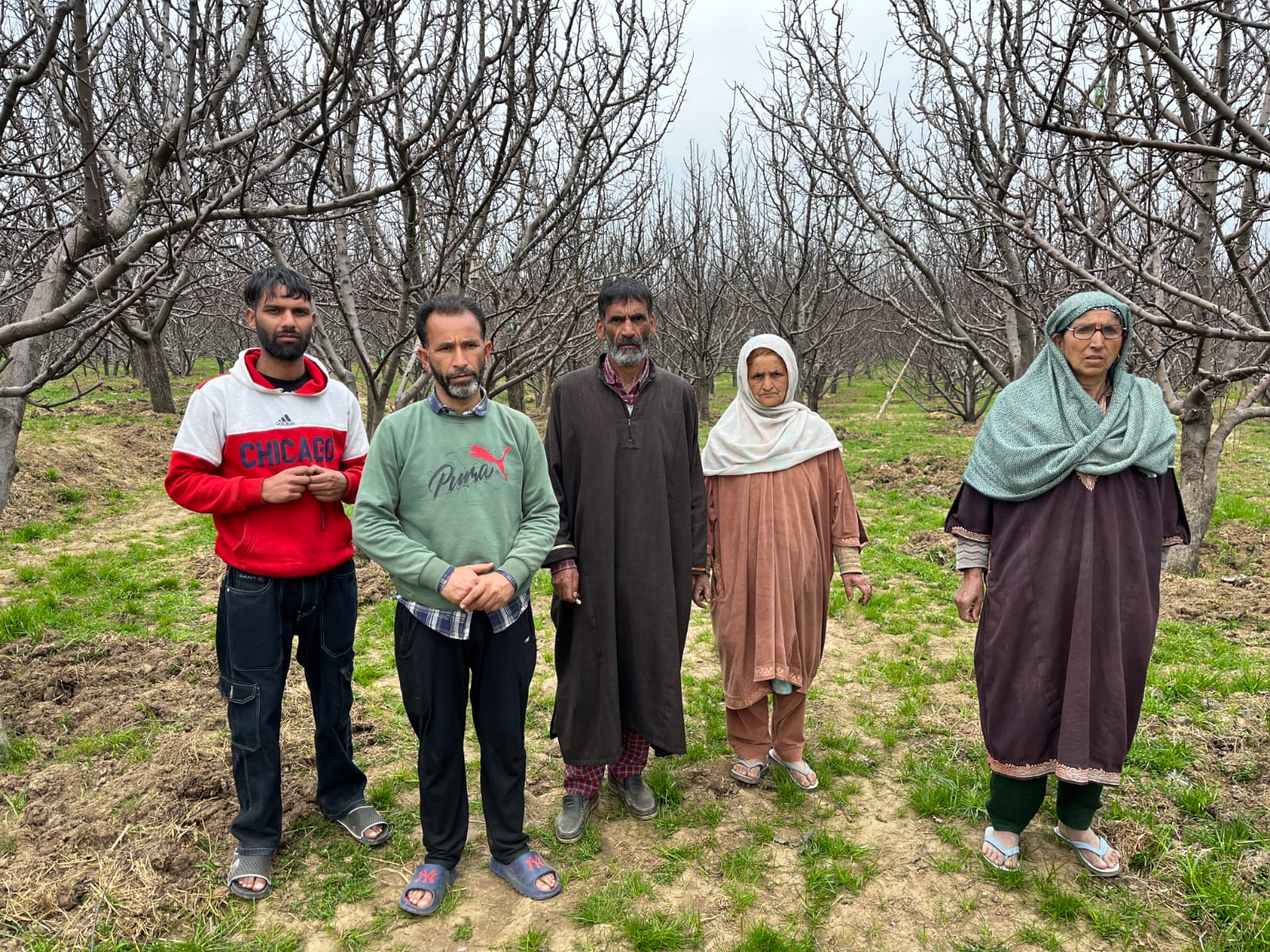To achieve environmental sustainability and deal with the looming problem of climate change, the “Zero Waste Movement” is gaining popularity all over the world. Contrary to popular belief that low waste living requires one to buy expensive materials, or is perhaps only meant for the more elite, zero-waste practices encourage less purchasing based on the idea: if you buy less, you use less.
Low waste living is the adoption of mindful consumption that aims to reduce the amount of waste an individual creates on a daily basis. The primary purpose of this lifestyle change is to minimise wastage and promote circular ways of consumption. While it is impossible to not generate any waste, it is possible to reduce consumption, and ensure that less waste goes into landfils or remains undecomposed on the planet.
Low waste living prioritises recycling and reusing products rather than purchasing single-use items that clog up landfills and contribute to climate change and global warming.

Adopting a low-waste lifestyle does not necessarily mean going absolutely minimalistic all at once. Making small, incremental efforts to reduce one’s waste generation can be an important contribution in dealing with the wider issue.
Monitoring consumption habits is the starting point to adopt a low waste lifestyle and a big step towards reducing individual waste production. Small things such as cotton buds, paper bills, plastic bags, disposable coffee mugs, plastic bottles and the like, make up an enormous part of the waste we produce daily
Low-waste living requires one to be more alert about the impact of their consumption habits on the environment. Introspecting about the things one consumes and how they consume them can help produce less waste. Low waste living is based on simple ideas like reusing as much as possible, sending fewer things to be recycled, and composting what cannot be recycled.
In the present times, our fast-moving lives have led us to adopt a disposable lifestyle where we buy stuff without any second thoughts and discard them after a single use. As a consequence, we consume too much, and the more we consume, the more waste we send to landfills. Though recycling seems to be an easy way out whenever the problem of toxic waste comes in, it is not enough. The extent to which recycling can work as a solution is limited, and given the rate at which we are consuming, there is too much to process.
As mentioned earlier, adopting a low-waste lifestyle is a slow, gradual process. It involves unlearning wasteful behaviours and narrowing down on what alternatives are feasible given a person’s access and circumstances. It is best to dopt one thing at a time, and once it becomes a habit, move to the next thing. It might seem overwhelming at first, but little steps towards reducing waste production on an individual level can help trmendously.
Also read: Creating A Plastic Wasteland: It Is High Time We Limit Our Plastic Usage
Here, it is also essential to note that not all low-waste alternatives are perhaps accessible to everyone and that the onus of low waste generation cannot entirely be on individuals. Clean production systems including mindful design and use of materials, as well as effective policy regulations are also part of low-waste living. There must be systemic acknowledgement and action on reducing waste, helping individuals gain access to non-single use alternatives and bridging privilege gap
The most basic thing one can do to adopt a low waste lifestyle is to reject single-use items. Plastic water bottles, paper tissues, and disposable utensils are some of the things most of us use daily and throw after one use. Once we pay attention to the trash we produce, it becomes easier to think of reusable items to replace disposables with. Not only do we need to pay attention to what we are buying but how are we buying it.
It is now news that plastic bags pose a great threat to our environment, and it is high time we replace them with reusable bags. Your first step towards low waste living, hence, can be as simple as taking a reusable bag the next time you go shopping and patting your back once you come home without any plastic bags. The same goes for containers. Packing food in metal containers can significantly reduce the amount of daily waste produced by eating out of disposable plastic containers.
Auditing one’s trash regularly can help one understand their consuming habits better. For example, if you notice yourself throwing away a lot of old stuff, consider repairing the same stuff instead of buying new. In addition to this, buying second-hand products can also significantly help in reducing waste. If you find your house full of stuff you don’t use anymore, donating is always a better option than throwing away.
Monitoring consumption habits is the starting point to adopt a low waste lifestyle and a big step towards reducing individual waste production. Small things such as cotton buds, paper bills, plastic bags, disposable coffee mugs, plastic bottles and the like, make up an enormous part of the waste we produce daily.

We must actively question the need for our consumption so that we understand whether or not we purchase to fulfil a need or to stay ahead of fast changing trends. The question one needs to ask oneself while shopping is, “Do I need this or am I buying it because it’s trendy?”, and the answer will automatically lessen our consumption.
Also read: Elite Sustainability: Devaluing Local Food Practices To Match The West
Essentially, adopting a low waste lifestyle means committing to throwing away less waste, reusing as much as you can, and of course, buying less. No step is too small for a contribution and if we all start taking baby steps towards a low waste lifestyle, we might reach our goals of sustainability a little sooner.
Here, it is also essential to note that not all low-waste alternatives are perhaps accessible to everyone and that the onus of low waste generation cannot entirely be on individuals. Clean production systems including mindful design and use of materials, as well as effective policy regulations are also part of low-waste living. There must be systemic acknowledgement and action on reducing waste, helping individuals gain access to non-single use alternatives and bridging privilege gap.
Featured Illustration: Ritika Banerjee for Feminism In India




